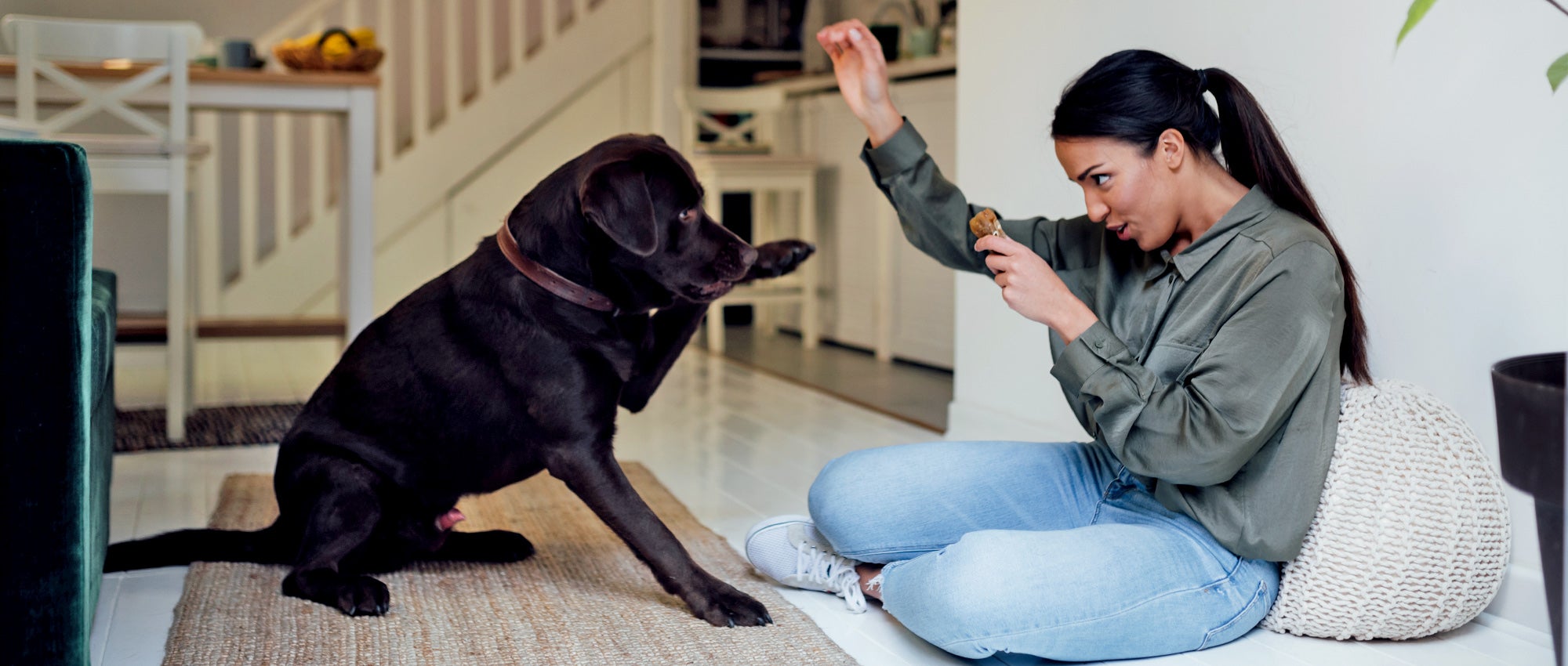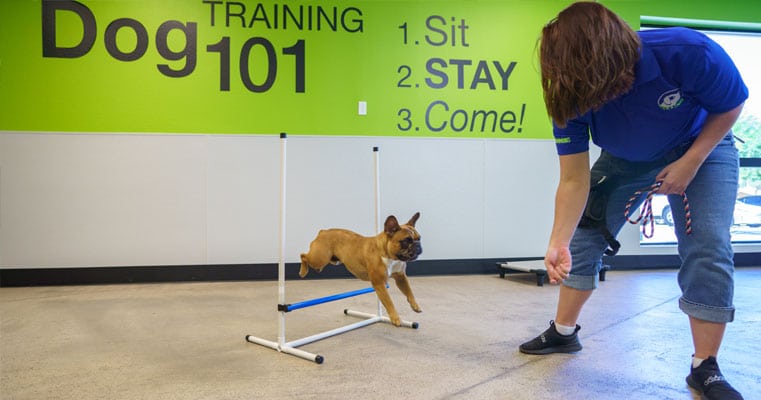Transform Your Dog's Behavior with These Proven Dog Training Methods
Transform Your Dog's Behavior with These Proven Dog Training Methods
Blog Article
Transform Your Pet dog's Behavior With Proven Training Approaches
Transforming your canine's behavior needs a nuanced understanding of their private characteristics and needs, as well as the application of tested training techniques. Consistency in your training method not just improves obedience yet likewise promotes a deeper bond of depend on and respect between you and your pet.
Understanding Dog Habits
Understanding pet actions is crucial for effective training and interaction in between human beings and their canine friends. Pet dogs, as social pets, exhibit a series of behaviors affected by genetics, setting, and experiences - Dog training. Recognizing these habits helps owners tailor their training approaches to satisfy the particular demands of their pet dogs
Key facets of pet dog behavior include body language, articulations, and social communications. A wagging tail frequently shows excitement, while a reduced head might signal submission or fear. Understanding these signals can assist proprietors translate their pet's emotion and respond properly. Furthermore, socialization plays a critical function in shaping actions; canines that interact positively with various individuals and various other pets are typically much more adaptable and well-adjusted.
In addition, recognizing stress signals-- such as panting, evasion, or pacing actions-- can avoid acceleration into much more major problems. Owners who are attuned to their dog's behavior can develop a caring and secure setting, promoting trust fund and boosting the training procedure. Eventually, a deep understanding of canine habits lays the structure for an unified partnership and reliable training outcomes, making certain both dogs and their owners flourish together.
Favorable Reinforcement Methods
Favorable reinforcement strategies are widely acknowledged as one of the most effective methods for training canines, cultivating a favorable knowing setting. This approach entails rewarding preferred behaviors with treats, appreciation, or play, consequently motivating the canine to repeat those actions. Unlike vindictive techniques, positive reinforcement constructs trust fund and reinforces the bond in between the pet dog and the fitness instructor.
To implement favorable support efficiently, timing is important. Rewards ought to be given immediately adhering to the preferred behavior to aid the canine make the link. Uniformity is also important; utilizing the exact same commands and incentives aids the pet understand what is expected. Additionally, varying the benefits can keep the canine involved - Dog training. For instance, alternating between deals with, toys, and verbal praise can preserve passion and motivation.
It is essential to note that positive reinforcement is not regarding bribery; instead, it is about reinforcing etiquette. In time, as the canine learns to link specific actions with favorable end results, the regularity of incentives can be slowly reduced, transitioning to verbal praise or recurring incentives. This approach not just motivates obedience yet additionally advertises a delighted and positive dog, making training a much more satisfying experience for both parties involved.
Resolving Common Problems
Addressing common issues during canine training is necessary for making sure a unified and successful relationship in between the canine and its owner. Several pet dog owners come across behavior challenges, such as excessive barking, leaping, and leash drawing. Comprehending the source of these actions is critical for efficient training.
Excessive barking might come from dullness, stress and anxiety, or a lack of socializing. To reduce this, give adequate workout, psychological excitement, and opportunities for social communication with both humans and various other canines. Leaping can typically signify excitement or a need for attention. Educating the dog to sit upon welcoming can redirect this behavior favorably.
Leash pulling is an additional prevalent problem, regularly resulting from a pet dog's eagerness to explore. Using correct leash handling techniques, integrated with training methods that encourage loose-leash strolling, can considerably boost this habits.
Furthermore, problems like source protecting or splitting up stress and anxiety need tailored strategies. Gradual desensitization and counter-conditioning can be effective in resolving these obstacles. By acknowledging and proactively handling these usual problems, pet proprietors can foster a more pleasurable training experience and strengthen the bond with their canine friends.
Consistency in Training

To accomplish consistency, it is important that all participants of the family comply with the very same training approaches. Using the same spoken signs and hand signals makes sure that the dog obtains uniform messages. In addition, the timing of rewards and corrections need to be consistent; immediate reinforcement enhances the chance that the pet dog will connect the habits with the outcome.
In addition, establishing the original source a regimen can even more improve consistency. Regular practice, coupled with structured routines for feeding, strolling, and play, assistance dogs prepare for and comprehend their atmosphere, making them much more responsive to training. Ultimately, consistency cultivates a complacency and count on, empowering pets to find out more successfully. By dedicating to a structured approach, trainers can advertise positive behavior changes navigate here and grow a genteel companion.
Structure a Solid Bond
How can fostering a strong bond in between a dog and its owner improve the training experience? When a canine feels secure in its link with its owner, it is much more likely to show favorable habits and be responsive to learning.
In addition, a strong bond promotes better interaction. Pet dogs are experienced at reviewing human hints, and a relying on connection permits clearer signals during training. Proprietors who invest time in building this bond via play, socialization, and positive reinforcement develop an environment where canines feel anxious and determined to learn.
Furthermore, a well-established link can decrease stress and anxiety and behavior issues, as pet dogs are less likely to act out when they feel understood and taken care of. As a result, prioritizing the growth of a strong bond not just improves the training experience but additionally adds to a better and more well-adjusted pet dog. Ultimately, the trip of training transforms into a collective partnership, resulting in lasting behavior renovations.
Final Thought

Owners that are attuned to their canine's habits can develop a nurturing and safe environment, cultivating count on and enhancing the training procedure. Eventually, a deep understanding of canine behavior lays the structure for an unified connection and effective training results, ensuring both canines and their proprietors thrive with each other.
Addressing typical concerns during pet dog training is crucial for making sure a effective and unified partnership between the pet and its proprietor.Uniformity is a keystone of effective pet training, as it establishes a clear framework for the pet to understand actions and expectations.In verdict, changing a dog's habits through proven training methods requires an understanding of canine habits, the application of favorable reinforcement methods, and a focus on uniformity.
Report this page